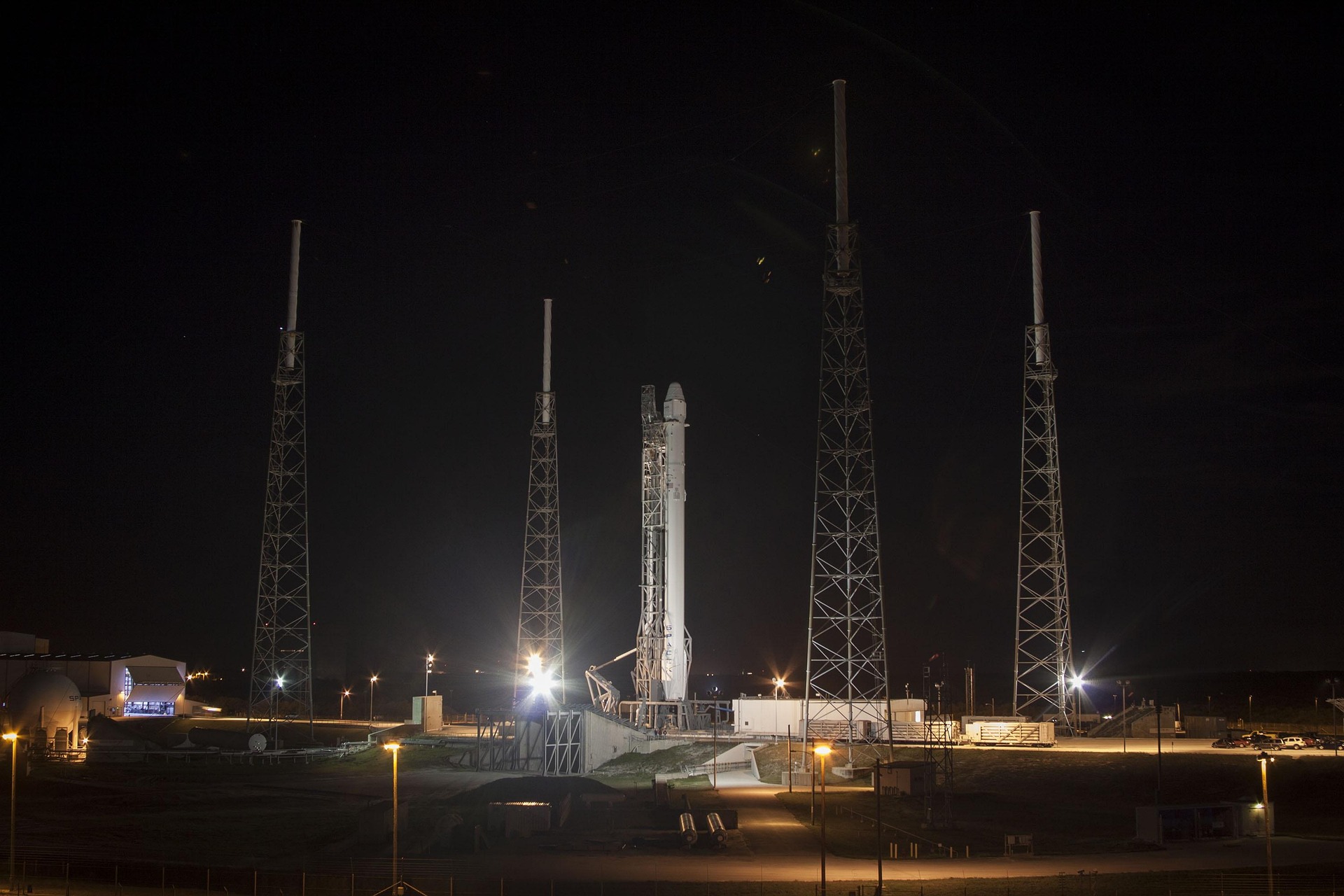SpaceX is gearing up for the ninth test flight of its massive Starship launch system, scheduled for May 27, 2025, at 6:30 p.m. CDT (7:30 p.m. EDT / 2330 UTC). The launch will take place from Starbase, the company’s test and development facility in Boca Chica, Texas. This mission marks another critical milestone in SpaceX’s long-term ambition to build a fully reusable spacecraft system capable of transporting humans and cargo to destinations across the solar system—including Mars.
First reuse of Super Heavy booster
A key innovation in Flight 9 is the reuse of a Super Heavy booster for the first time. Booster 14 (B14), which previously flew during Flight 7, is set to fly again, this time operating with 29 of its original 33 Raptor engines. This marks a major step toward reducing the cost and turnaround time of orbital missions—an essential feature of any sustainable, large-scale space infrastructure.
Rather than attempting a mid-air catch, the booster will attempt a controlled splashdown in the Gulf of Mexico. The maneuver involves a boostback burn, a guided descent, and ocean landing experiments—providing SpaceX with crucial recovery data for future reusability efforts.
Starship upper stage objectives
The upper stage, Ship 35, has its own ambitious goals. Chief among them is achieving a successful reentry and controlled splashdown in the Indian Ocean—something previous flights have struggled to accomplish.
Ship 35 will also carry and release eight Starlink mass simulators. These are non-functional payloads designed to mimic the weight and dynamics of real satellites and are intended to burn up during reentry, allowing SpaceX to gather data without contributing to orbital debris.
Strengthened oversight and safety measures
Following technical failures in Flights 7 and 8, the Federal Aviation Administration (FAA) mandated a thorough investigation into the causes of previous anomalies. Flight 9 received the green light only after SpaceX implemented the necessary corrective actions.
The FAA has also expanded the debris hazard zone significantly—from 885 to 1,600 nautical miles—to include portions of Texas, Florida, the Bahamas, and Turks and Caicos. As part of the updated safety protocols, SpaceX is required to carry $500 million in liability insurance for this test flight.
Strategic significance in the Mars timeline
Flight 9 is not just another test—it’s a crucial proving ground for technologies aimed at interplanetary travel. Elon Musk has previously stated that Starship could reach Mars as early as 2026, capitalizing on the next optimal Earth–Mars transfer window. That projection hinges on rapid progress across test flights like this one.
If successful, Flight 9 would represent a turning point in demonstrating Starship’s capability for safe reentry, booster recovery, and payload handling, bringing SpaceX a step closer to creating a scalable and fully reusable launch system.
Where to watch
The launch will be streamed live on SpaceX’s official webcast, starting roughly 30 minutes before liftoff. Independent channels such as Spaceflight Now and LabPadre will also provide live coverage, commentary, and telemetry updates throughout the mission.
Whether it achieves all its objectives or not, Flight 9 is expected to deliver valuable insights that will shape the next generation of space travel—laying the groundwork for crewed missions beyond Earth orbit.





